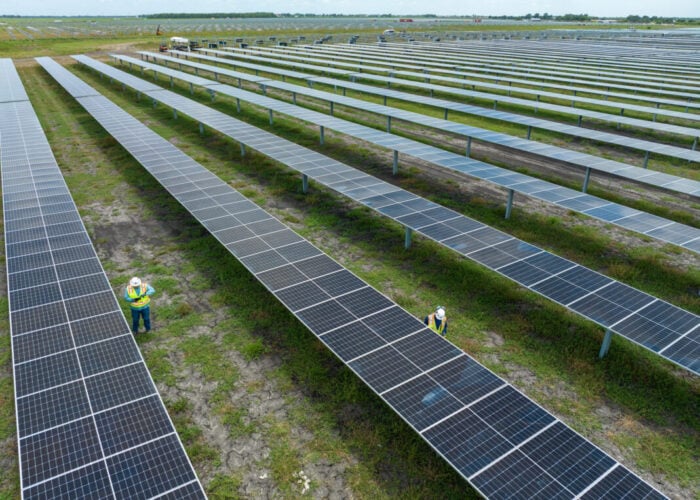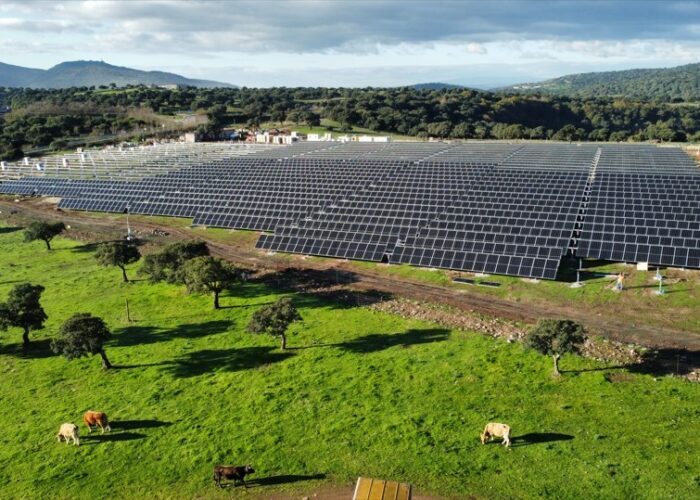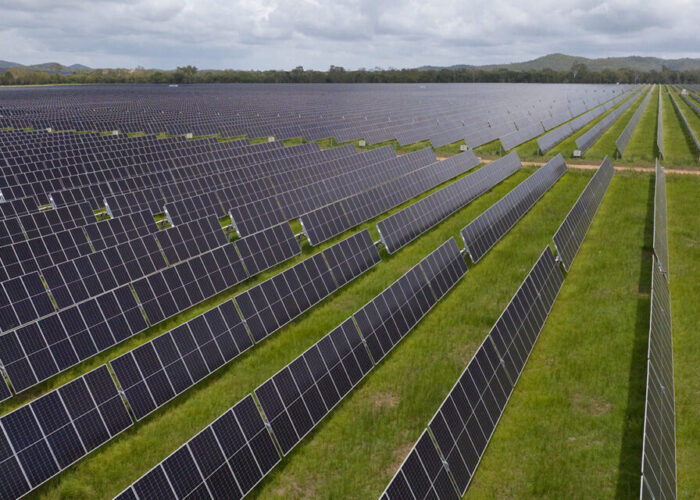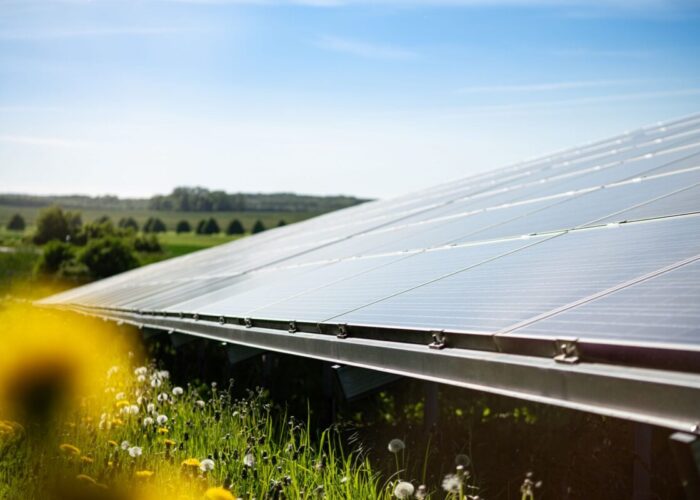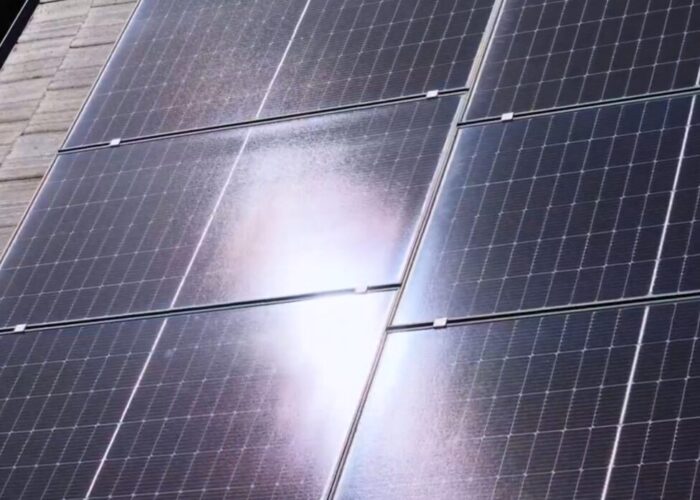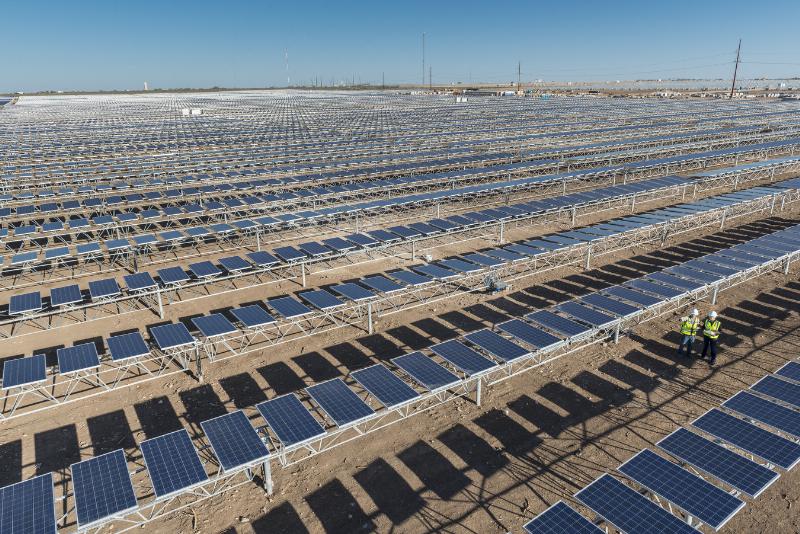
Solar power will account for nearly half of utility-scale capacity additions in the US this year, according to new figures from the country’s Energy Information Administration (EIA).
The agency expects 21.5GW of utility-scale solar to be deployed in 2022, representing around 46% of the total 46.1GW of forecasted new utility-scale electric generating capacity to be added to the US power grid.
Unlock unlimited access for 12 whole months of distinctive global analysis
Photovoltaics International is now included.
- Regular insight and analysis of the industry’s biggest developments
- In-depth interviews with the industry’s leading figures
- Unlimited digital access to the PV Tech Power journal catalogue
- Unlimited digital access to the Photovoltaics International journal catalogue
- Access to more than 1,000 technical papers
- Discounts on Solar Media’s portfolio of events, in-person and virtual
This planned new capacity would surpass last year’s 15.5GW of utility-scale solar capacity installations, an estimate based on 8.7GW of reported additions up until October and 6.9GW of installs scheduled for the last two months of 2021, the EIA said.
Texas is expected to deploy more utility-scale solar this year than any other state, with 6.1GW – 28% of the national total – forecasted by the EIA, followed by California with 4GW.
Data from the EIA published last April suggested that one-third of utility-scale solar additions in the US by the end of 2022 would be in Texas, taking its total installed solar capacity to 14.9GW as it narrows the gap on leading state California.

In Q3 2021, the US utility-scale solar sector recorded its best third quarter on record in terms of deployment, with 3.8GWdc added, according to a report published last month by trade body the Solar Energy Industries Association (SEIA) and research firm Wood Mackenzie.
While their study forecasts that utility-scale solar will continue growing in the double digits under the current policy environment, challenges related to high commodity prices and supply chain constraints are expected to hit full force throughout this year and early 2023.
Followed by solar, the EIA expects 9.6GW of natural gas plants to be added this year, 7.6GW of wind, 5.1GW of battery storage and 2.2GW of nuclear.
Forecasted battery storage deployment is an 84% increase on installs in 2021, as declining costs, co-locating storage with renewables generation and adding value through regional transmission organisation markets help expand US battery storage, the EIA said.
Research from the agency published in September revealed that of the 14.5GW of battery storage power capacity planned to come online in the US from 2021 to 2024, 9.4GW (63%) will be co-located with solar PV.
As solar deployment accelerates, a recent study from the US Department of Energy found that with aggressive cost reductions, supportive policies and large-scale electrification, solar’s contribution to national power demand could rise from today’s 3% to 40% by 2035.

